Planks are a great way to work your stomach muscles, but if done incorrectly they might hurt your back. These are three common reasons why your back hurts when you plank and what you can do to fix it!
“It kind of feels like pinching right here.”
“How come that one hurts my back?”
- Pelvis is tilted too far forward (arched back)
- Hips are too low to the ground (rounded back)
- Hips are too high (pike plank)
Read or watch the video below to see what each of these means!
- Abdominal muscle activation: It’s hard to find another ab exercise that activates all layers of your abdominal wall as much as planks do. If done with correct form it’s one of the most-efficient ways to work your abs.
- They’re easily modifiable: Are planks on your toes too difficult? Drop to a modified plank on your knees! Modified planks are easier but equally activate those abdominal layers.
- You can make them harder, too: holding a static plank too easy? Try planks with a march. Or body saw planks. Or two-point planks. All are great ways to work those abs even harder.
- They’re super effective: six pack abs here we come! Stay steady, stay consistent, and watch your results take off!
- Side planking counts, too: Don’t forget – side planks are a great way to activate your oblique muscles and take results to another level!
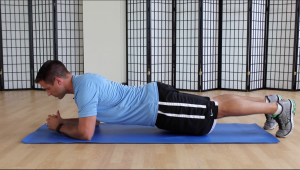 Reason #1: Pelvis tilted too far forward (arched back): I would say that 95% of the time this one is the cause of back pain while planking.
Reason #1: Pelvis tilted too far forward (arched back): I would say that 95% of the time this one is the cause of back pain while planking.
When people get down into a plank position, most of them align everything properly (shoulders – hips – knees should be a straight line), but the common tendency is to let your stomach sag towards the ground.
This creates a significant arch in your lower back and people complain of a “pinching” in their lower spine. In this position you’re relying primarily on your back vertebrae and spinal ligaments for support rather than the core muscles which should be holding you up.
How to fix an arched back plank: Concentrate on keeping your back in a “flat” or “neutral” position. Engage your quads, butt, and abs to “tilt” or “roll” your pelvis backwards thereby flattening your back out and eliminating the pinch-inflicting arch.
 Reason #2: Hips too low to the ground (rounded back): The second-most common error I see in people who plank is that they let their pelvis drop too much towards the floor.
Reason #2: Hips too low to the ground (rounded back): The second-most common error I see in people who plank is that they let their pelvis drop too much towards the floor.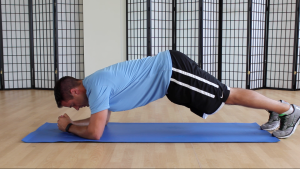 Reason #3: Hips too high (butt in the air or “pike” plank): The last common problem I see is when the butt/hips are way above what should be the straight shoulder line. This is especially a common problem when fatigue starts to set in.
Reason #3: Hips too high (butt in the air or “pike” plank): The last common problem I see is when the butt/hips are way above what should be the straight shoulder line. This is especially a common problem when fatigue starts to set in.You can’t miss these!
from Tone and Tighten https://ift.tt/2xOaaPh
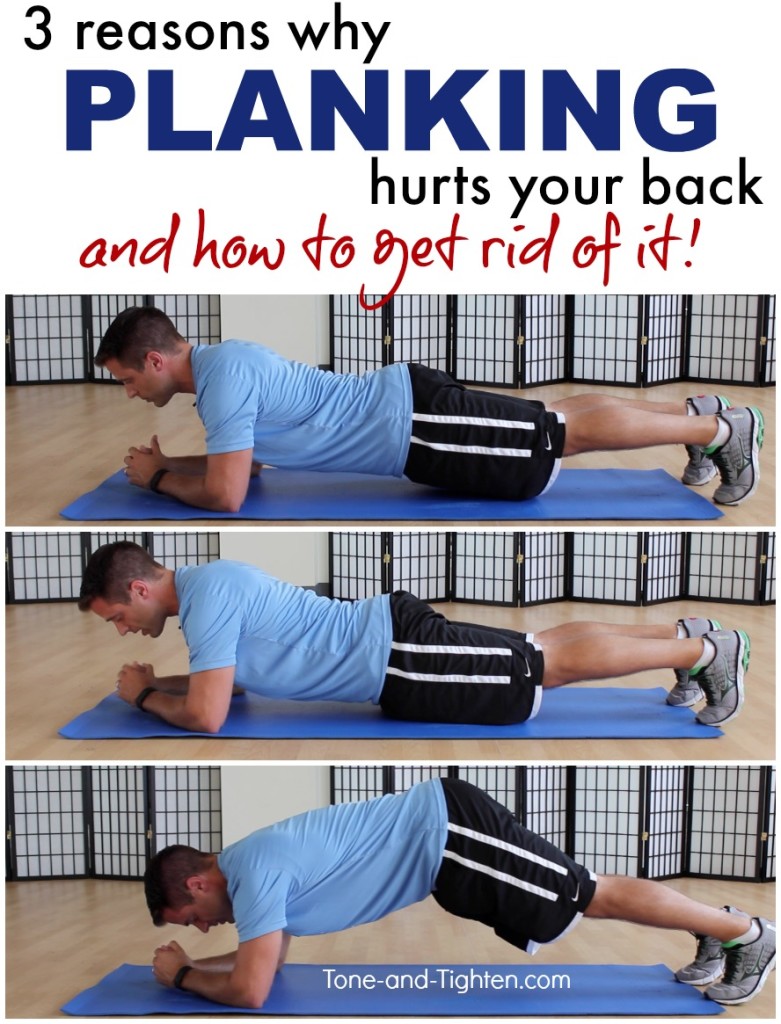

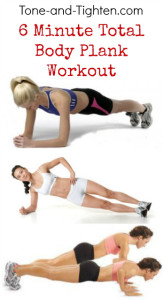
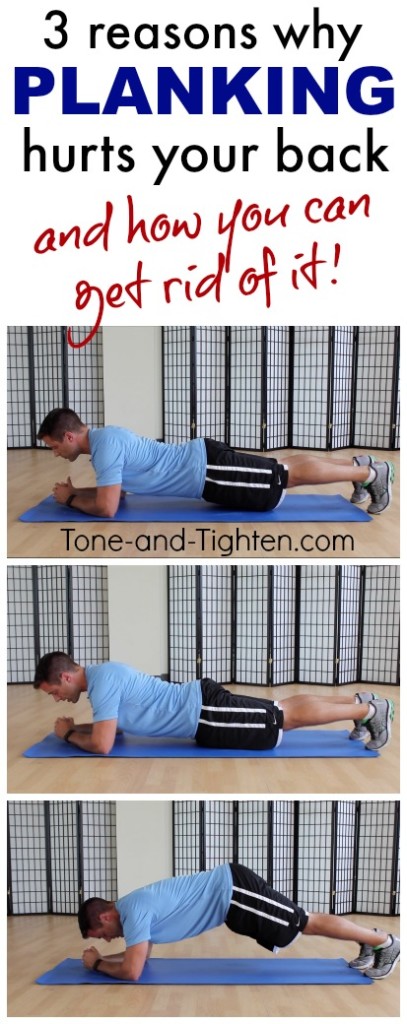
Comments
Post a Comment